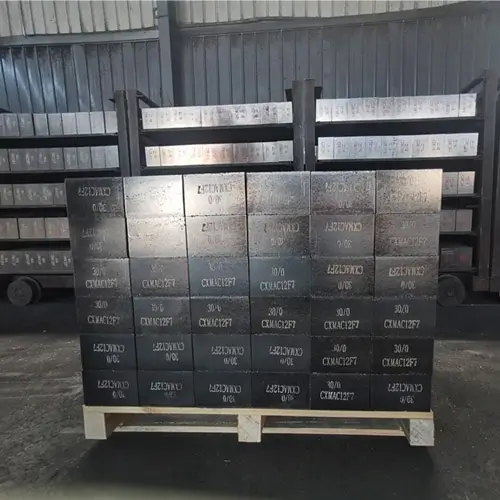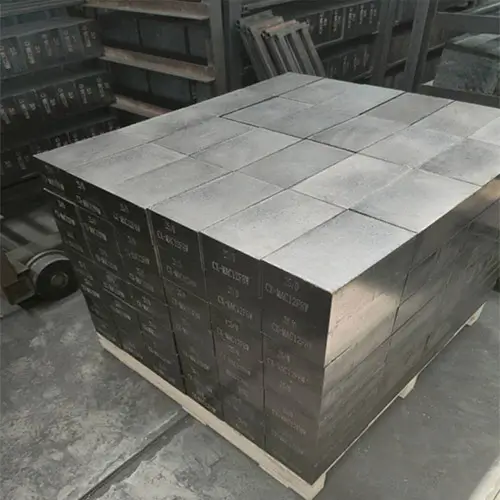Magnesia carbon brick is an unburned carbon composite refractory material. It is made of magnesium oxide, an alkaline oxide with a high melting point (2800°C), and a high melting point carbon material. The material is difficult to be corroded by slag and has added Various non-oxide additives and carbon binders.
As a composite refractory material, magnesia-carbon bricks effectively utilize the strong slag corrosion effect of magnesium, effectively improve the thermal conductivity and low expansion of carbon, and make up for the shortcomings of magnesium’s poor spalling resistance. Magnesia carbon bricks are mainly used in converter, electric arc furnace, DC electric arc furnace lining, ladle slag line and other parts.

What is the difference between magnesia carbon bricks and alumina-magnesia carbon bricks?
The difference between magnesia carbon bricks and alumina-magnesia carbon bricks is that the raw materials used are different. Magnesia carbon bricks are a resin-bonded brick made of fused magnesia and graphite. Magnesia carbon bricks, if necessary, can also add antioxidants, magnesia carbon bricks perform well in terms of heat resistance, corrosion resistance, corrosion resistance and spalling resistance. Magnesia carbon bricks are mainly used in converter, electric arc furnace, DC electric arc furnace lining, ladle slag line and other parts. Magnesia-alumina carbon bricks are made of high-quality bauxite, corundum, fused magnesia and graphite. Alumina-magnesia carbon bricks have appropriate residual expansion, low thermal conductivity and better insulation properties. Alumina-magnesia carbon bricks are used in the slag line of the ladle, the lower part of the ladle wall, the bottom of the ladle and the free area of the ladle.
The magnesium oxide contained in magnesia carbon bricks is determined according to the material used. Heat storage bricks. Common magnesia carbon bricks mainly include 72% magnesium oxide, 74% magnesium oxide, 76% magnesium oxide, 80% magnesium oxide, 82% Magnesium oxide, 85% magnesium oxide, the main raw materials used to produce magnesia carbon bricks are fused magnesia, graphite, metal aluminum powder, metal silicon powder, liquid phenolic resin, which is stirred by a sand mixer and pressed by a press. Magnesium carbon bricks Bricks are used in refining ladle slag lines, and magnesia carbon bricks are also used in furnace lining parts such as AC electric arc furnaces, DC electric arc furnaces, and converters.
There are two ways to make magnesia carbon bricks: fired oil-impregnated magnesia carbon bricks and unfired magnesia carbon bricks. The former brick-making process is more complicated and rarely used. Here we only briefly describe the characteristics of the brick-making process of unburned magnesia carbon bricks.
Preparation of mud. The choice of particle critical size is important when breeding. The refinement of aggregate particles can reduce open porosity and enhance antioxidant capacity. However, the small size of the aggregate particles will increase the closed pores and reduce the volume density. In addition, fine-grained MgO aggregate reacts easily with graphite, and the particle size is generally considered to be 1 mm. Under the conditions of high-pressure molding equipment, the particles of magnesia tend to become finer. The pressure of molding equipment in my country is low. In order to increase the density of refractory bricks, many manufacturers use particle diameters above 5mm.

